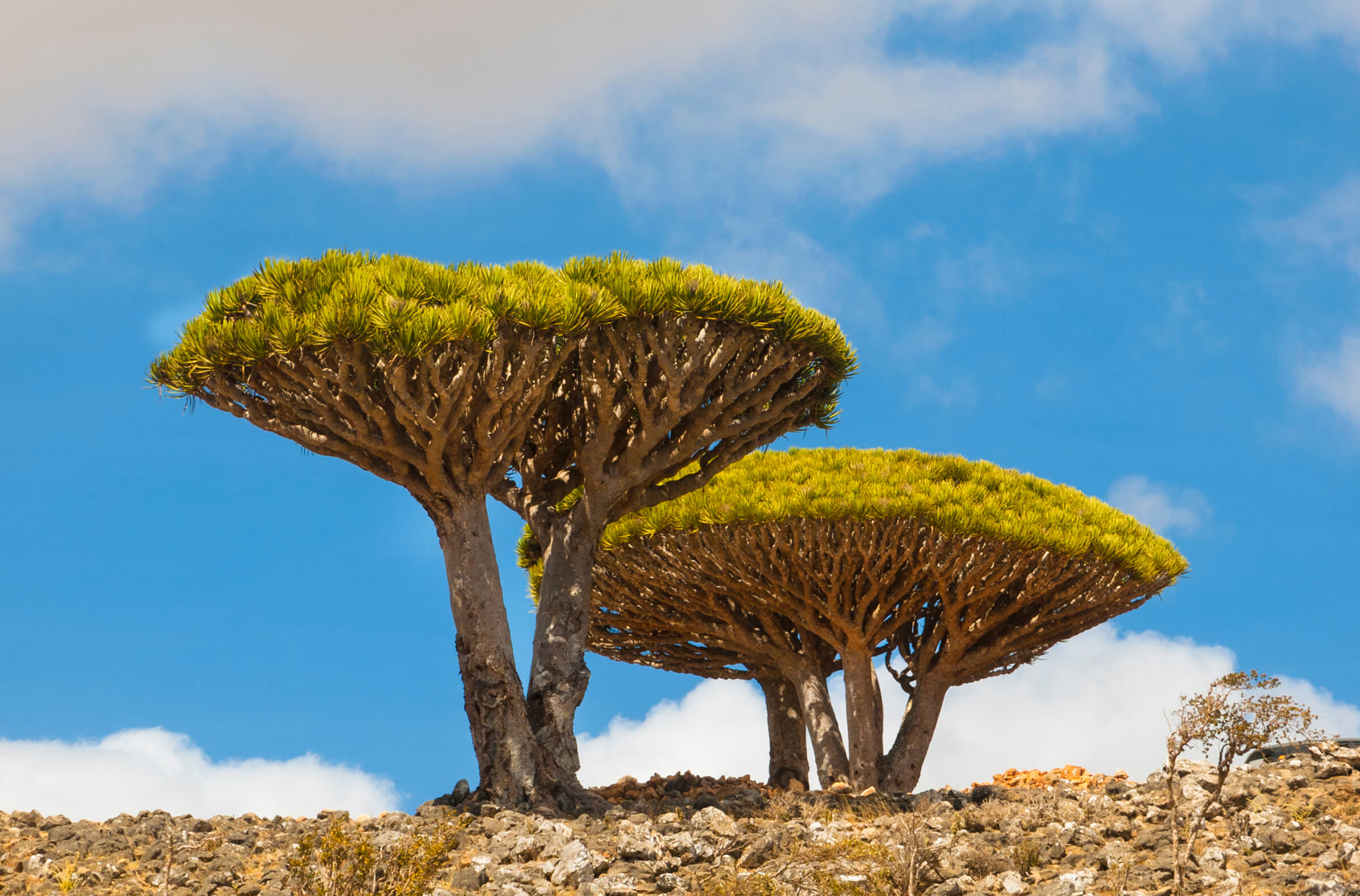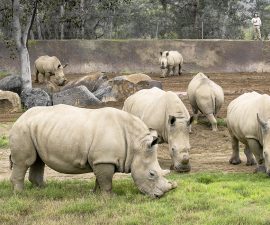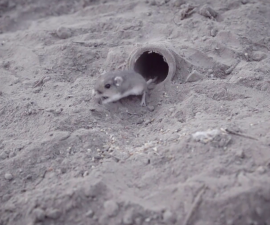In the mythical Garden of Hesperides grew a tree that bore golden apples, guarded by Ladon, a hundred-headed dragon. As one of his historic labors, Hercules fought and killed Ladon in order to obtain the golden apples. According to legend, wherever the slain dragon’s blood pooled on the ground, a new form of tree sprouted....
BY Wendy Perkins
Photography by Ken Bohn

A GROWING DRAGON
Growing more slowly than its mythical namesake, a dragon tree D. draco may grow for about 10 years before flowering and branching. It can then take another 10 to 15 years of development for the next branching event to occur.
With their multiple, twisting branches, it’s easy to see how the connection was made between this ancient legend and what have long been called dragon trees. Even their genus name reflects their mythical origin: Dracaena is derived from the Ancient Greek word drakaina meaning “female dragon.” Some plants in this group are commonly called dragon blood trees because of the dark red sap that oozes forth when a branch or trunk is cut. Yet despite—or perhaps because of—the connection to fearsome dragons, the resin has always been highly valued. The Guanche, aboriginal people of the Canary Islands, used the sap in their mummification process and to color their hair. In ancient Rome and China, it was used as a colorant, especially for wooden chests and tables. It is still used today, but as part of a mixture with sap from other plants.
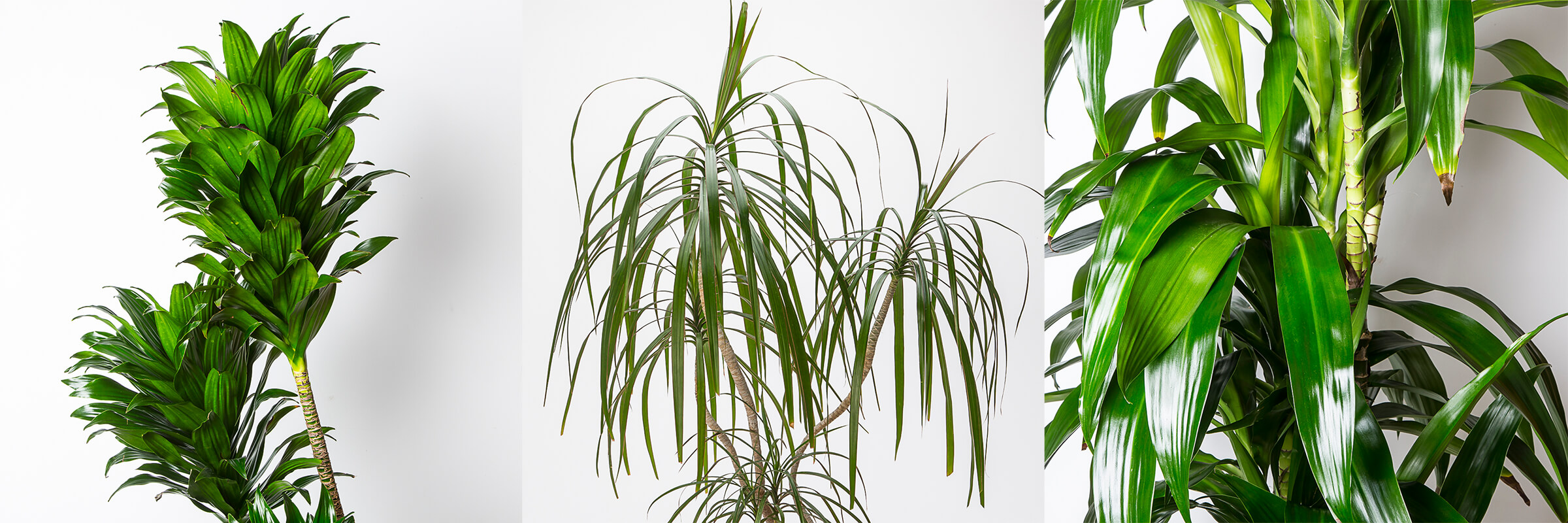
FROND FAMILIARITY
Many Dracaena species are popular houseplants.
From left: Janet Craig compact dracaena D. deremensis ‘Janet Craig’; Madagascar dragon tree D. marginata; corn plant D. deremensis.
Have You a Little Dragon in Your Home?
The genus Dracaena belongs to the same order of plants as asparagus. Among the 110 species of Dracaena are many easily recognized indoor plants and garden specimens. The popular “lucky bamboo,” for example, is not a bamboo at all but a Dracaena—D. braunii to be exact. Another houseplant staple commonly called the corn plant is botanically known as D. fragrans. And D. marginata, with its slender, red-edged leaves, is often mistaken for a type of palm tree.
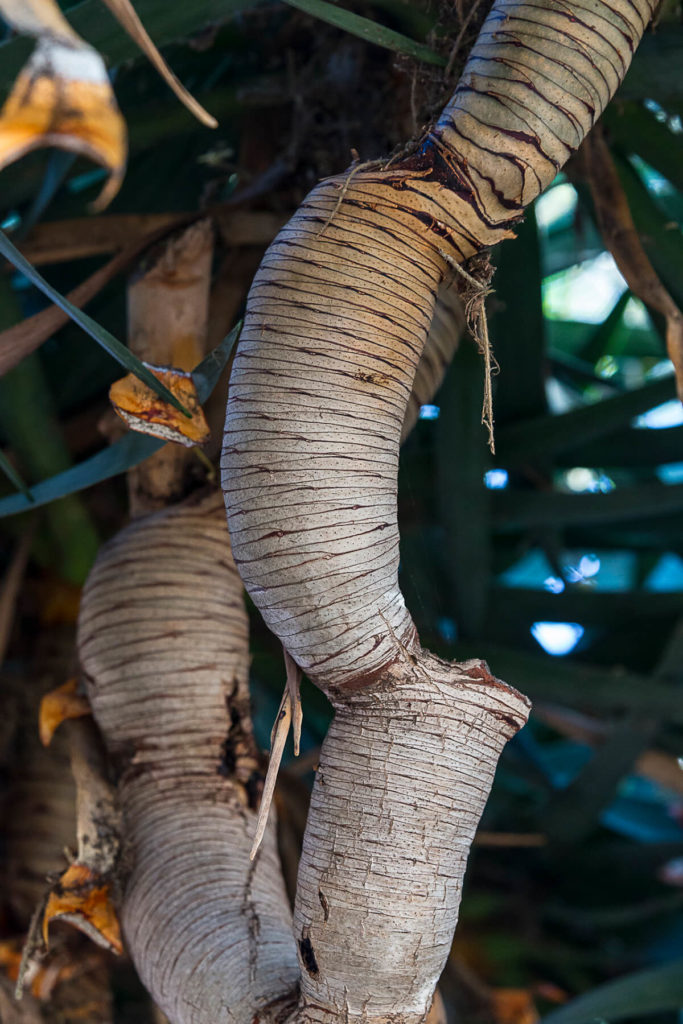
GROWING PAINS
Dried “dragon’s blood” can be seen at the branching point of this D. draco limb—likely the result of the bark cracking slightly as the branch split.
Africa is home to the majority of Dracaena species. A few are found in southern Asia and a single species is native to parts of Central America. For the most part, the species we have taken inside our homes are the smaller, shrub-like species that, in the wild, grow as understory plants in rain forests. Other Dracaena, those that have stout trunks and stiff leaves, grow in arid, semi-desert areas. These are some of the most iconic and visually stunning “dragons.”

STRINGS OF DRAGON PEARLS
The berries shift in color from green to black to red over the course of five months. The fruits remain on the tree for about one year and most are eaten—and dispersed—by birds.
Doubly Dragon
Through linguistic links and legends, D. draco is forever connected to the image of the dragon. Endemic to North Africa, the Canary Islands, and Madeira, Spain, this species reaches a gigantic size. The biggest on record, known locally as the “Monster of Orotava,” stood just over 68 feet tall and had a trunk diameter of about 26 feet. Tragically, it was destroyed by a severe storm in the late 1800s.
Yet there are still botanical giants among the human residents of Tenerife, Canary Islands. One famous tree, Drago Milenario (also called El Drago) measures 55 feet tall with a trunk circumference of nearly 20 feet. It was once declared to be the world’s oldest living tree by 18th century German scientist Alexander von Humboldt, who estimated the tree to be between 500 and 3,000 years old. That’s a wide range of possibility, but even if the tree’s age is at the lower end of that estimation, it still makes the tree older than the town buildings around it! How old is El Drago? Finding a way to anwer that question with a degree of certainty is challenging.
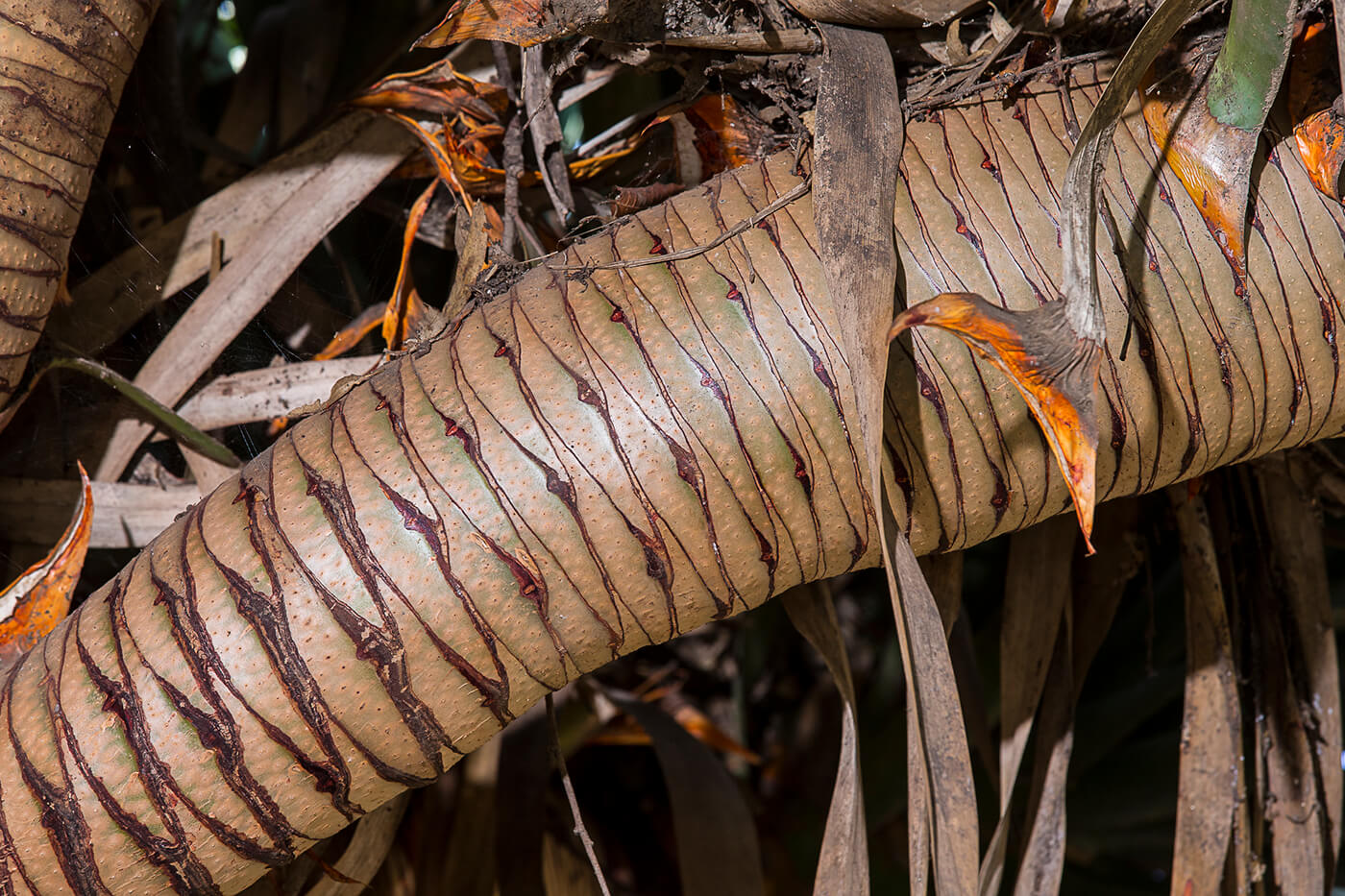
SCARS OF A DRAGON
Horizontal “scars” show where the broad base of individual leaves attached as this D. draco specimen grew. As the branch growth continues, the fronds dry and drop off.
Determining the age of a dragon tree is difficult because they don’t have growth rings that can be related to the amount of time they’ve lived. A distinctive feature of the larger Dracaena species is a unique growth pattern referred to as dracoid habitus. Vegetative growth and flowering occurs over long time intervals—from 10 to 11 years. This results in a mature plant that has an umbrella-like crown with several orders of branches. There are scientists working on a system of estimating dragon tree age based on the branching pattern, but for now, the mystery continues.
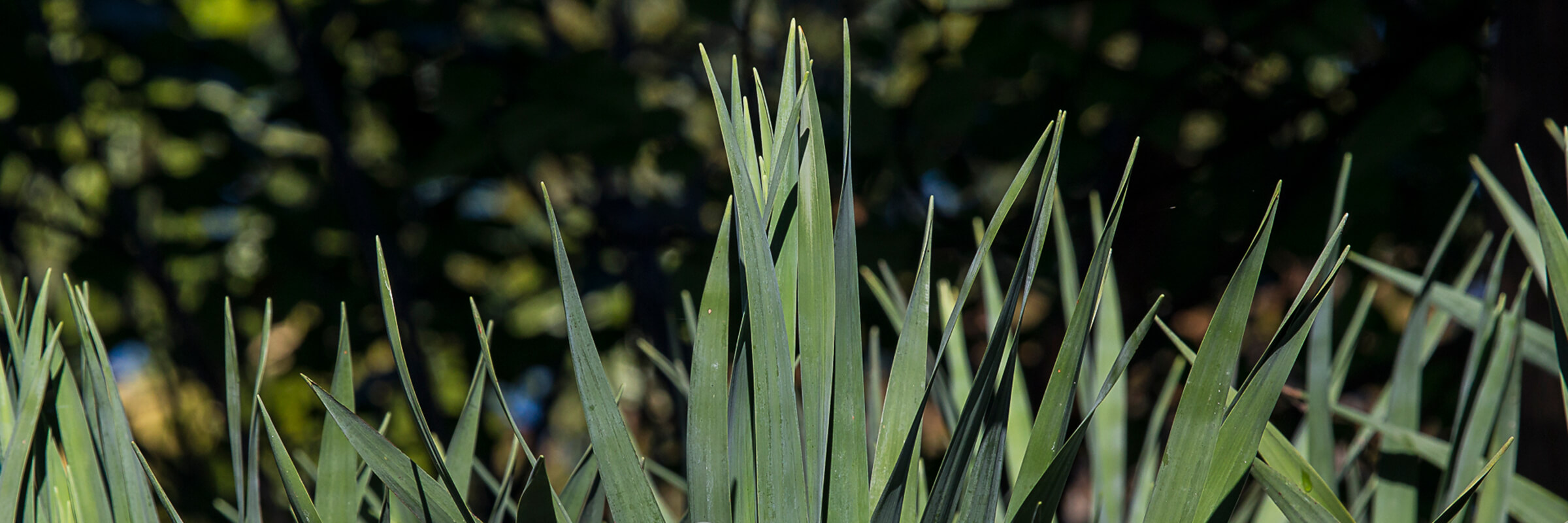
LEAVES LIKE SWORDS
For hundreds of years, humans wove the tough fiber of the dragon tree’s sword-shaped leaves into sturdy rope.
First Blood
Although D. draco and many other dragon trees contain red sap, the resin from D. cinnabari has a special place in history. It is believed that this iconic plant of Socotra was the original source of “dragon’s blood” and likely reigned supreme until resin from other plants was substituted in the Medieval and Renaissance periods. Yet its reputation endured, and sap from this species was used as a source of varnish by 18th-century Italian violin makers.
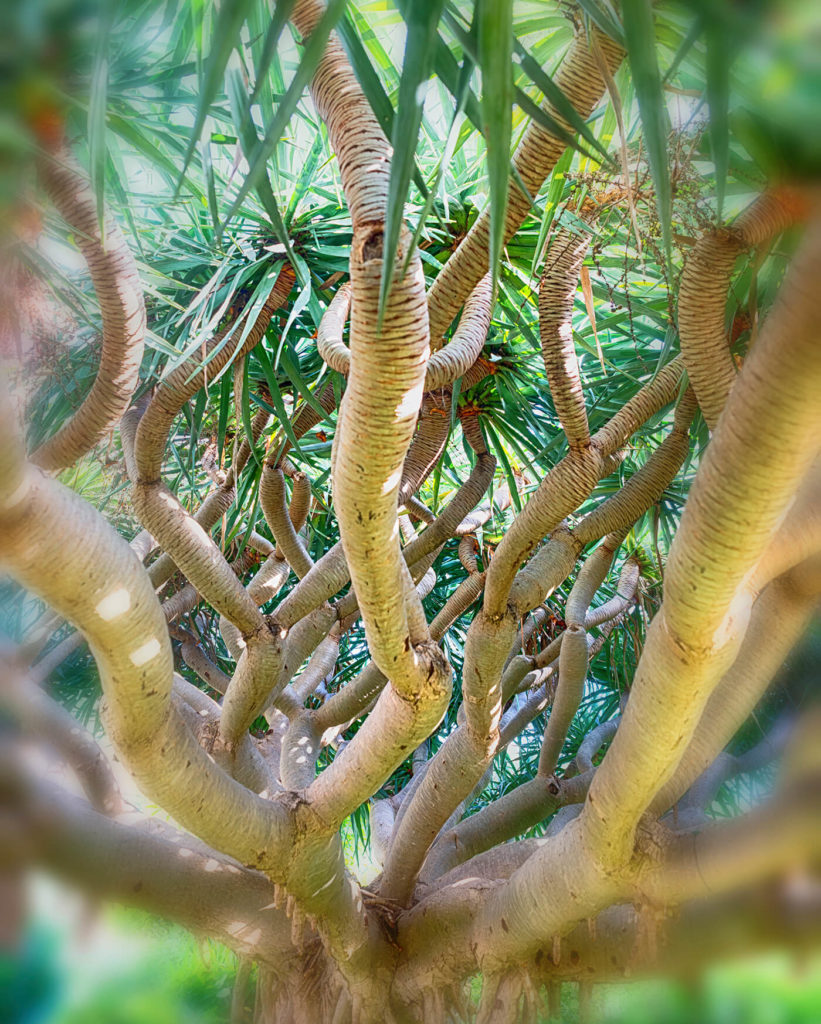
TWISTED LIMBS
Leaves sprout only from the end of a dragon tree’s youngest branches, creating an open, leafless network of twisting, branching limbs within the canopy of a D. draco.(Photo by: AM-C/iStock/Getty Images Plus)
While D. cinnabari has been at home on Socotra for millions of years, it, like so many plants, is becoming more rare. One of the species’ greatest threats is the gradual drying out of the Socotra Archipelago, which has been an ongoing process for the last few hundred years. This has resulted in non-flourishing trees. The duration of mist and low-lying cloud banks that the trees rely on for moisture seems to be continuing to decrease. This new arid environment could lead to a 45 percent reduction in the available habitat for D. cinnabari by the year 2080. Additional threats to the dragon’s blood tree include harvesting of its resin and use of the leaves to make rope.
All Dracaena species have protected status, which provides some help. But if D. cinnabari and other Dracaena are to be preserved, a variety of measures will need to be taken. While the mythical origin of these amazing plants began with the death of a dragon, it is time now to do what we can to care for the dragons among us.
(Top image by: helovi/iStock/Getty Images Plus)

